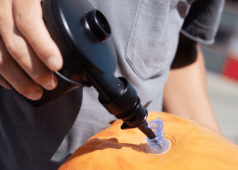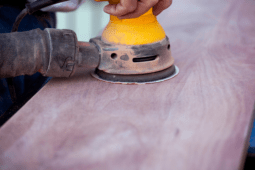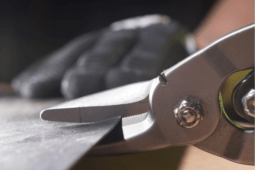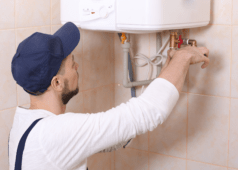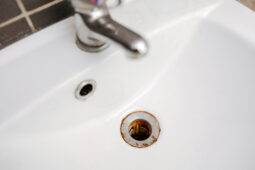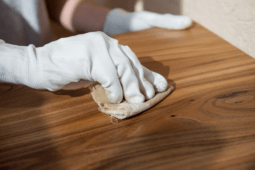How to Adjust a Door Latch So Your Door Closes Properly
Doors are the access points to the outside world, or they can be an interior barrier separating areas of a home or business into more functional parts. Whatever the use, when they don’t close properly, it can be a pain, and that pain is almost always associated with the latch assembly.
Variety Of Latches
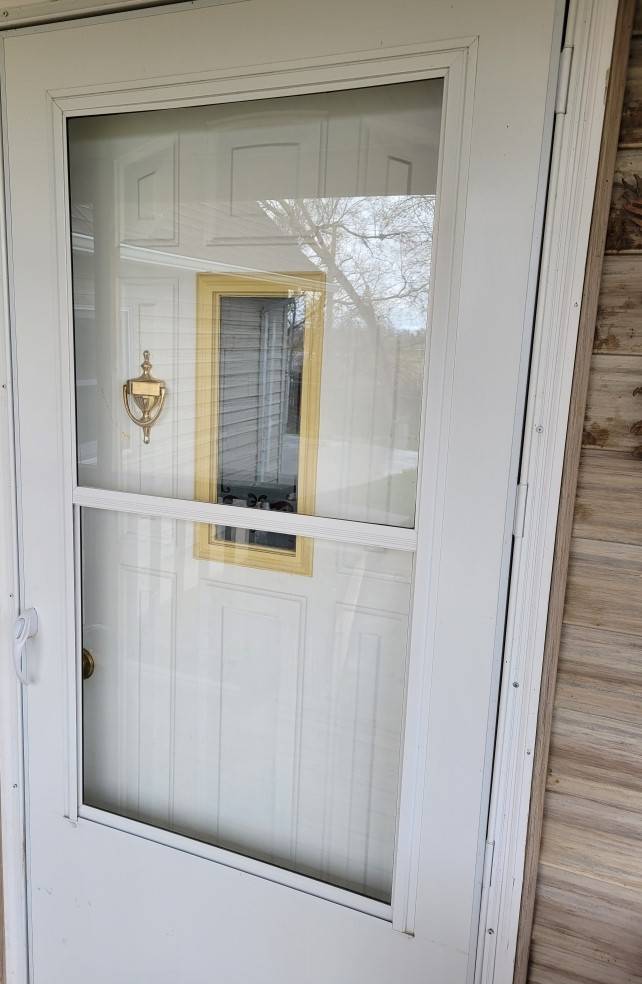
A latch comes in many varieties. They can be a deadbolt for home security, a locking door with multiple uses, or just a simple passage latch that holds the door closed but doesn’t have a lock attached.
When any one of these gets out of alignment, the door won’t close properly and you’ll soon tire of fidgeting with the handle to get it to latch.
Patience Is Key
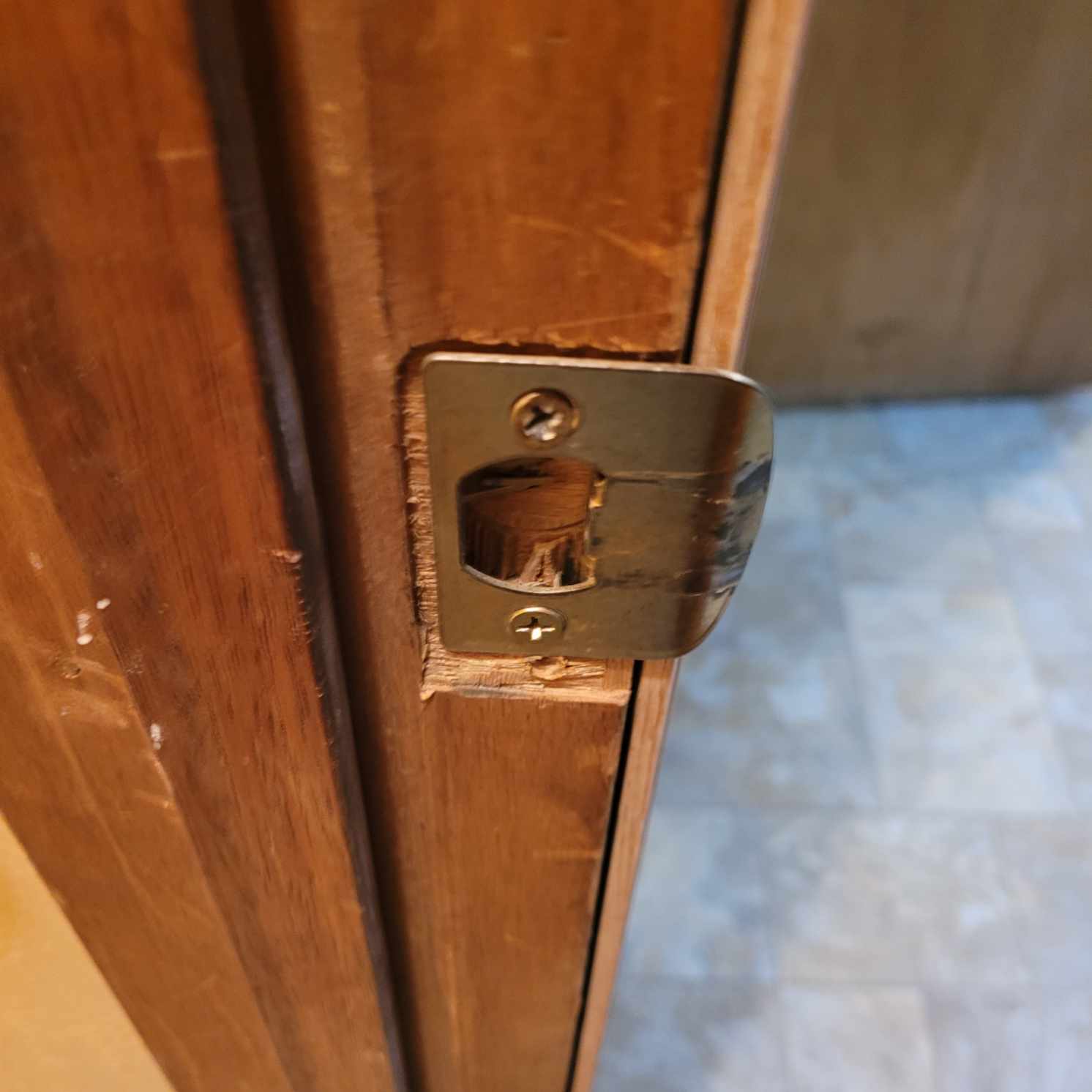
The good news is that most door adjustments take just a screwdriver, pencil and some patience to repair. More serious problems, such as a house that has settled may require a chisel, drill, or plane to adjust the door mechanism, but thankfully those problems are rare.
Most door latch adjustments are simply moving the strike plate to align with the bolt on the door handle. The only other adjustment is to tighten the mounting screws on the doorknob or the bolt plate on the outside of the door.
Just Need A Screwdriver
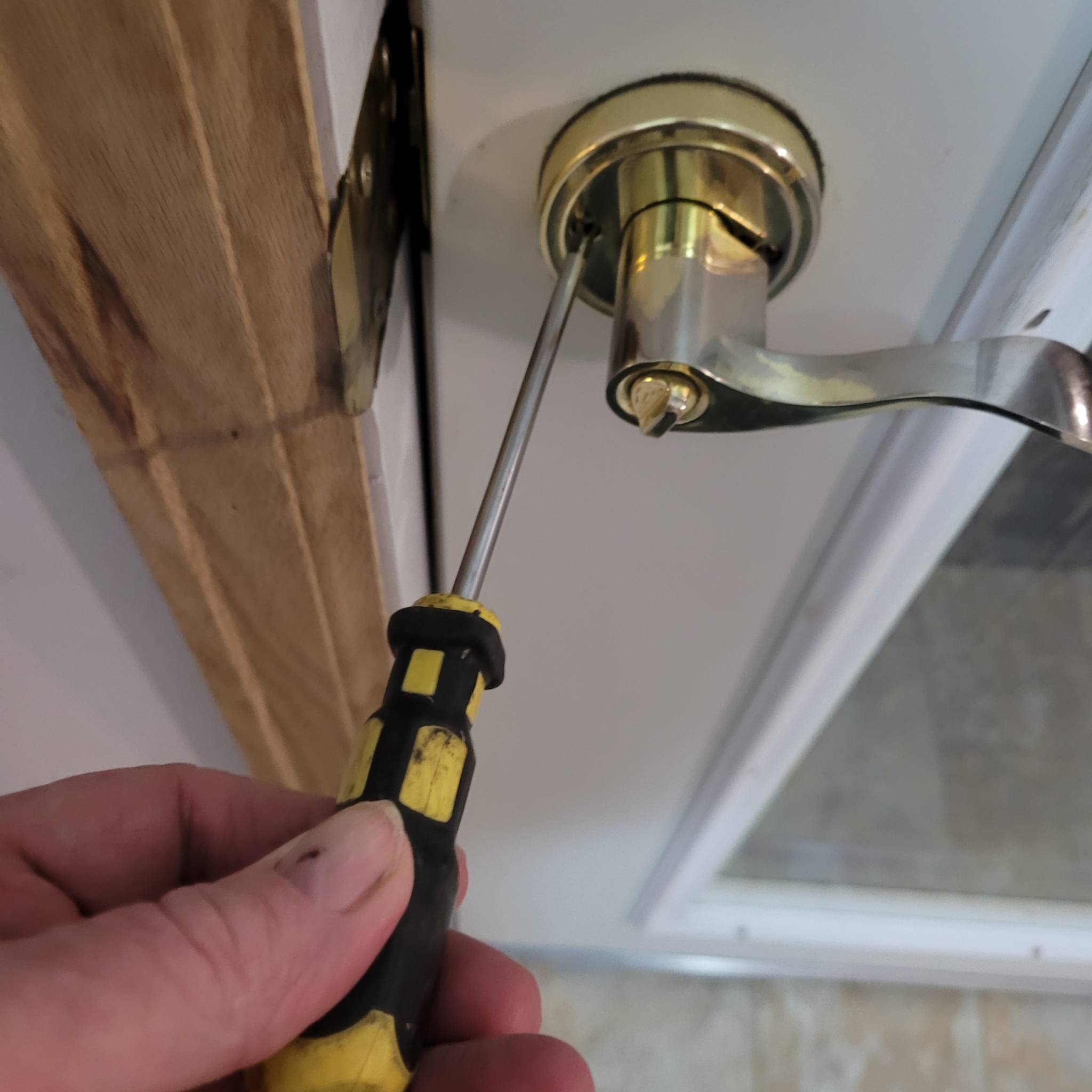
These easy adjustments can be done with just a Phillips screwdriver.
If the door won’t latch easily and requires lifting the knob to get it to close, the strike plate is where to start.
Be Precise
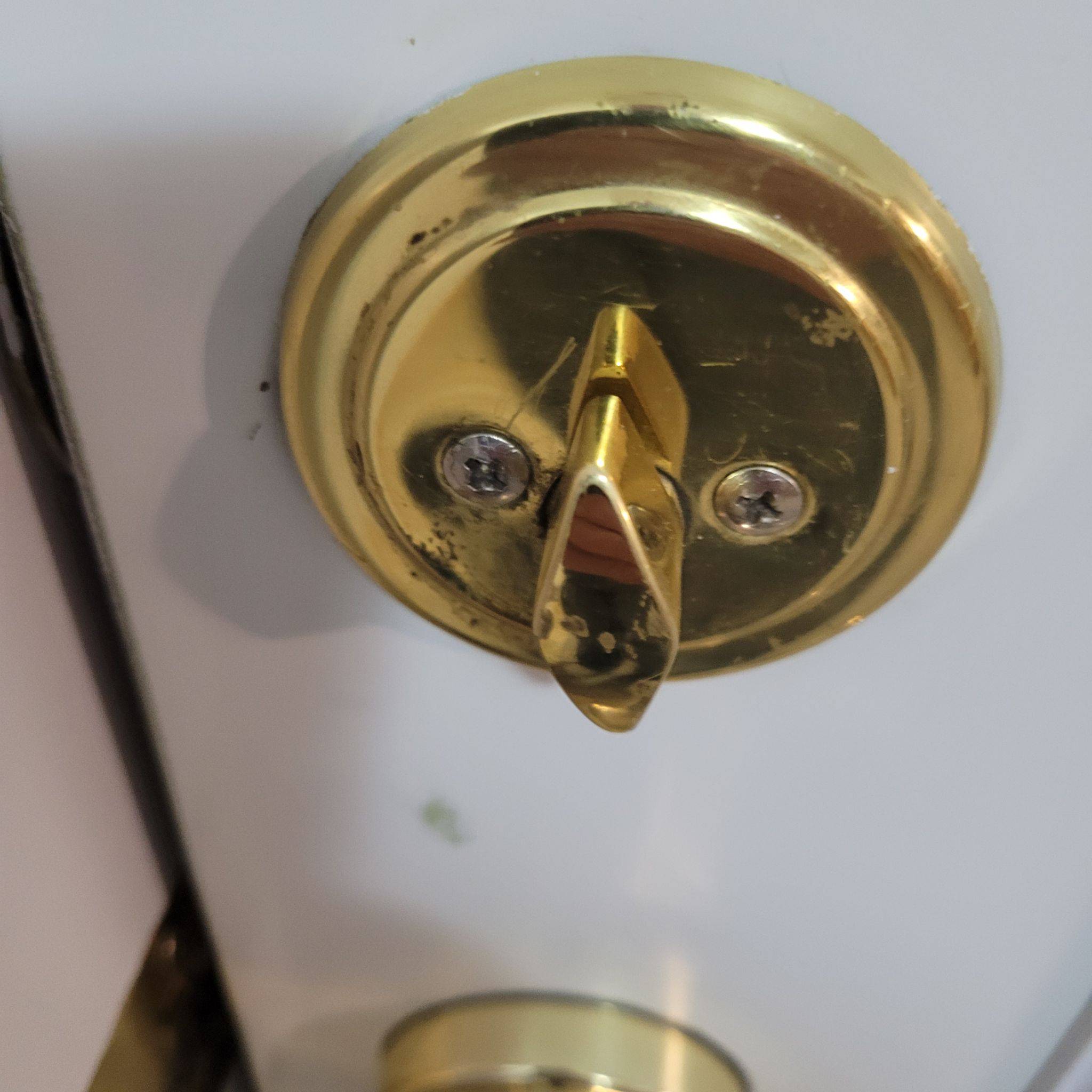
Illuminate the door with a flashlight or outside sunshine and move to eye level with the doorknob. As you close the door look at the strike plate and the spring-loaded door bolt. Odds are that they’re a little out of alignment.
Tighten the screws on the doorknob, and the mounting screws that secure the knob to the door. Many times this repairs the problem.
If it doesn’t, check to see if the door bolt is slightly above or slightly below the strike plate. If it is, move the strike plate an eighth of an inch up or down. This will bring it back into alignment. If there is no “wiggle room” in the strike plate you’ll have to cut another eighth-inch high or low to let it slide into place. A pocket knife, chisel, or utility knife can usually make this light cut effectively.
With the strike plate adjusted, screw it tightly into place and test the door. If you’ve measured correctly the problem is solved.
Check The Screws
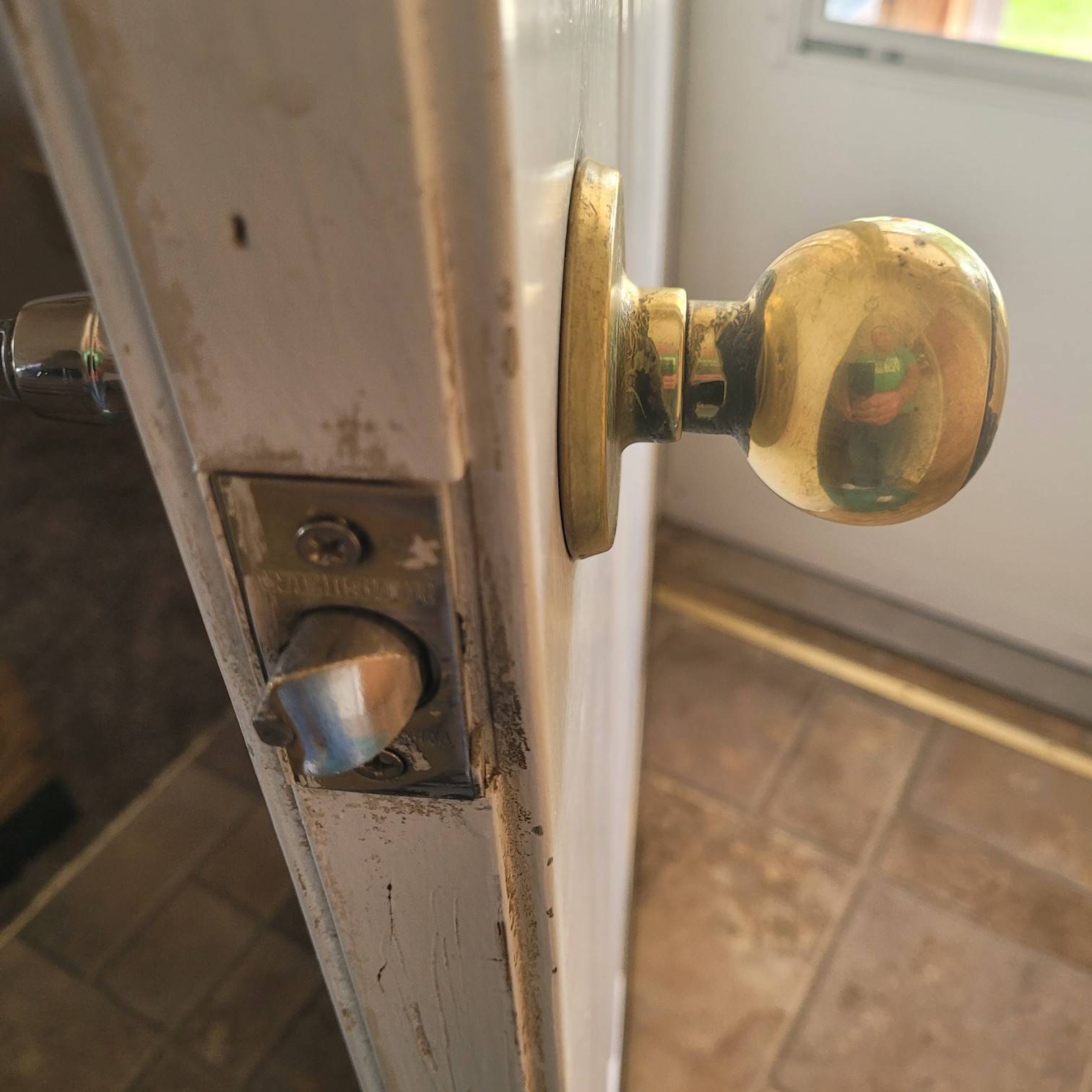
On occasion, the problem isn’t with the strike plate or the knob assembly but with the door hinges. Check the screws securing both sides of the hinge. Tighten the wall screws first. Then tighten the screws securing the door to the hinge.
Look At The Hinge
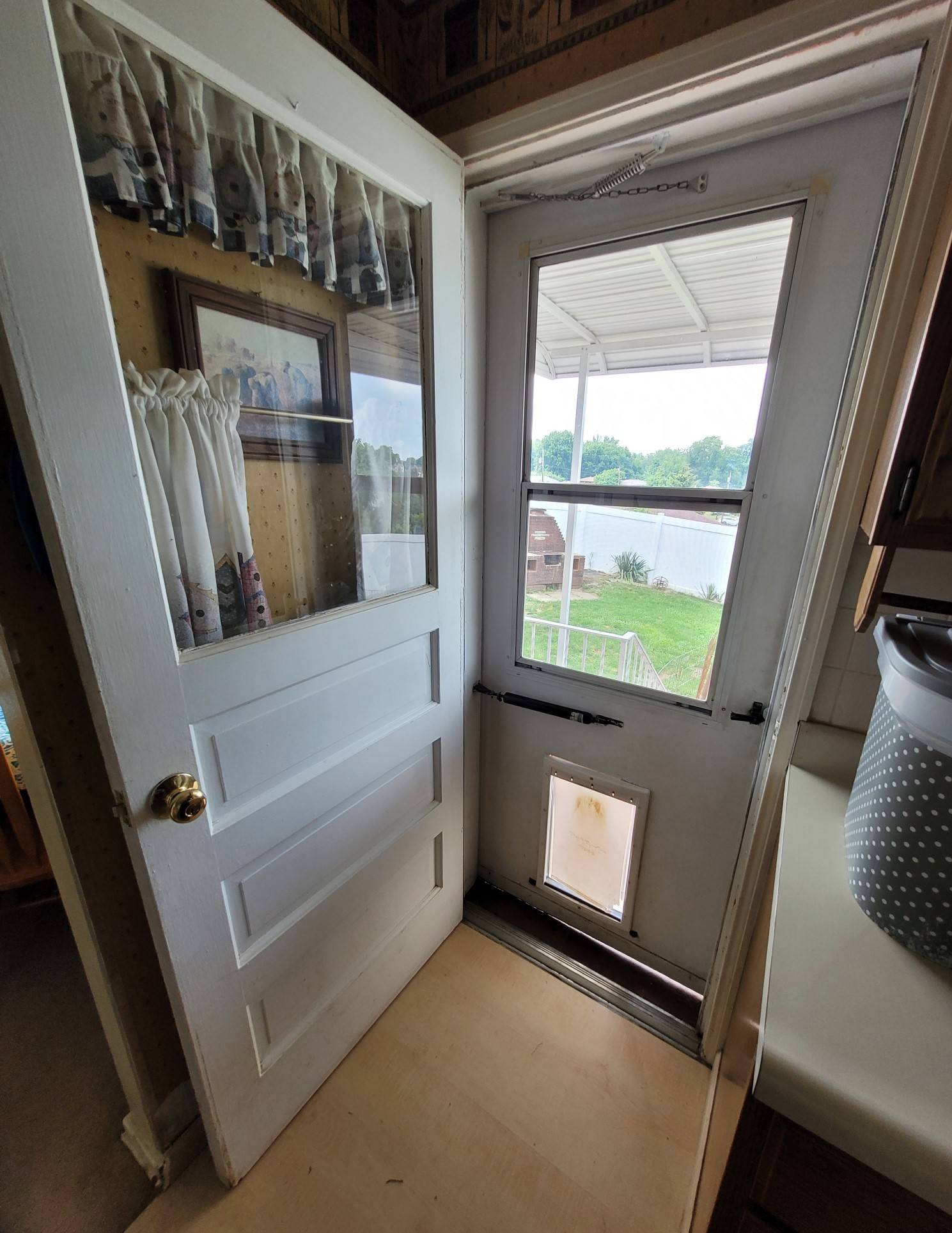
If the door seemed a little out of alignment with the floor and walls, looking like it was not vertical and at a right angle to the floor, the problem was the door hinge, and most of the time that’s simply tightening the screws.
Over time screw loosen gradually, especially if it’s an outside door subjected to strong winds or an interior door that gets a lot of traffic.
Door maintenance in the form of tightening screws every few years and adding a drop of 3-in-1 oil to the hinges will keep your entryways performing like new for the life of your home.

